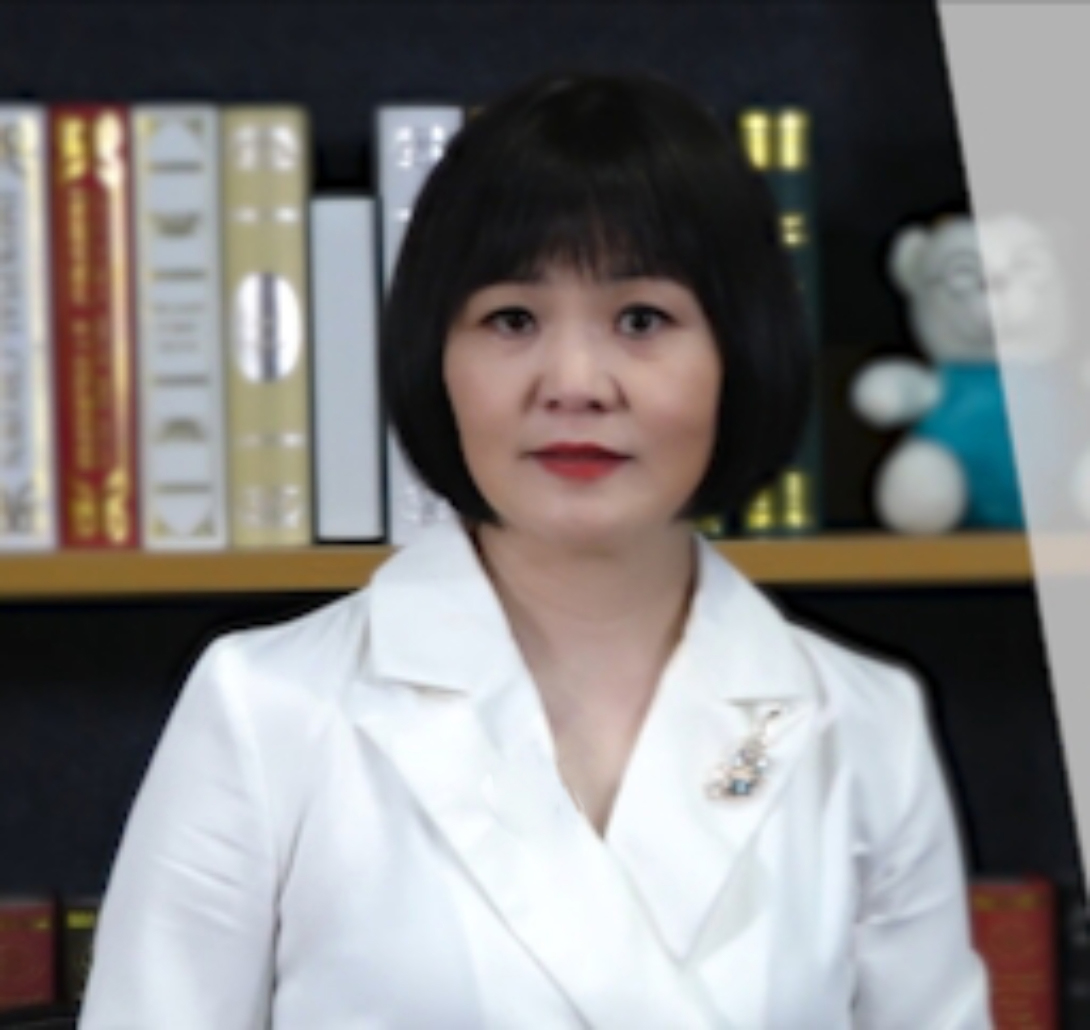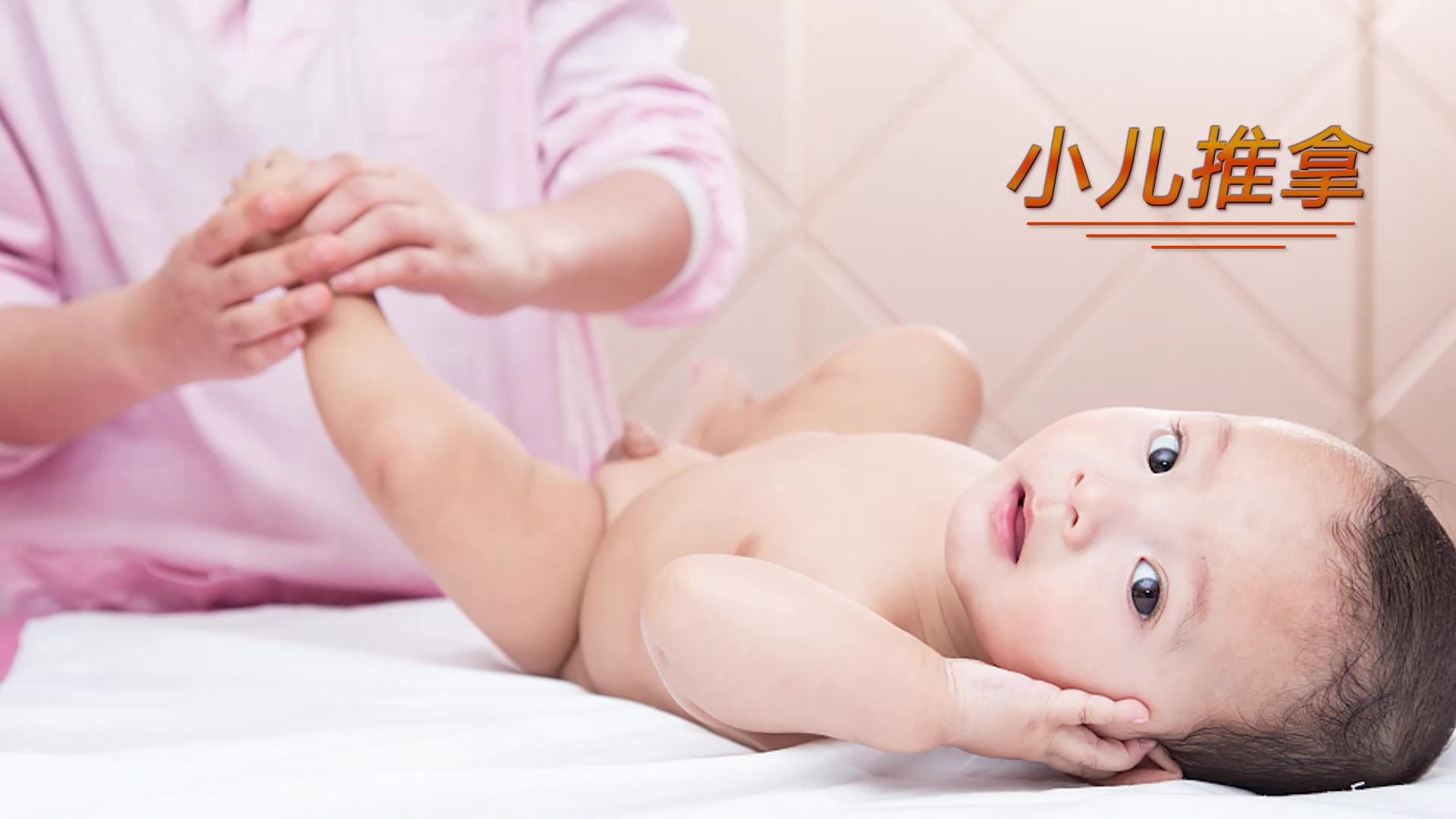
Chinese Ceramics课程:前往报名学习
Blue-and-white porcelain showing composure and elegance, jade-like Jun porcelain and White porcelain being exquisite and gleaming, glaze colors in abundance and delicacy, each piece represents a unique beauty, which seems like an attractive woman whispering an ancient myth. Now, we’ll tell the legends of china,“Chinese Ceramics”,are you ready?
开设学校:南昌大学;学科:艺术设计、
Blue-and-white porcelain showing composure and elegance, jade-like Jun porcelain and White porcelain being exquisite and gleaming, glaze colors in abundance and delicacy, each piece represents a unique beauty, which seems like an attractive woman whispering an ancient myth. Now, we’ll tell the legends of china,“Chinese Ceramics”,are you ready?
-1.1 Introduction
-1.2 Ceramics in Neolithic, East Han and Wei-Jin Dynasties
--Ceramics in Neolithic, East Han and Wei-Jin Dynasties
-1.3 Sui and Tang dynasties and Song Dynasty ceramics
--Sui and Tang dynasties and Song Dynasty ceramics
-1.4 Ming and Qing Dynasties
-Unit 1 test
--Unit 1 test
-Discussion questions
-2.1 The Unique Chinese Ceramic Culture
--The Unique Chinese Ceramic Culture
-2.2 The Historical Development of Chinese Ceramic Making
--The Historical Development of Chinese Ceramic Making
-2.3 Chinese Ceramic Shape Art
-2.4 Chinese Ceramic Painting Art
--Chinese Ceramic Painting Art
-2.5 Chinese Ceramic Folk Stories
--Chinese Ceramic Folk Stories
-Unit 2 test
--Unit 2 test
-Discussion questions
-3.1 CeramicCulture and the Zodiac
--CeramicCulture and the Zodiac
-3.2 The heritage of traditional ceramic culture
--The heritage of traditional ceramic culture
-3.3 The development and innovation of ceramic art
--The development and innovation of ceramic art
-Unit 3 test
--Unit 3 test
-Discussion questions
-4.1 Gorgeous Colored Pottery
-4.2 The Method of Making Colored Pottery
--The Method of Making Colored Pottery
-4.3 Primitive Colored Pottery Ⅰ
-4.3 Primitive Colored Pottery Ⅱ
-4.3 Primitive Colored Pottery Ⅲ
-4.4 Black Earthenware
-4.5 White Pottery and Primitive Porcelain
--White Pottery and Primitive Porcelain
-Unit 4 test
--Unit 4 test
-Discussion questions
-5.1 Terracotta Warriors in Qin Dynasty
--Terracotta Warriors in Qin Dynasty
-5.2 Potteries in Han Dynasty
-Unit 5 test
--Unit 5 test
-Discussion questions
-6.1 Dragon kiln and Celadon
-6.2 Yue Kiln and Wuzhou kiln
-6.3 Deqing Kiln and Ou kiln
-6.4 Longquan Wares
-6.5 Yaozhou Wares
-Unit 6 test
--Unit 6 test
-Discussion questions
-7.1 Tang Tri-Colored Pottery
--7.1 Tang Tri-Colored Pottery
--7.1 Tang Tri-Colored Pottery
-7.1Tang Tri-Colored Pottery
--7.1 Tang Tri-Colored Pottery
--7.1 Tang Tri-Colored Pottery
-Discussion questions
-Unit 7 test
--Unit 7 test
-8.1 The flourishing age of the Song Dynasty
--8.1 The flourishing age of the Song Dynasty
-8.2 The flourishing age of the Song Dynasty
--8.2 The flourishing age of the Song Dynasty
-8.3 Ding Wares
-8.4 Ru Wares
-8.5 Guan Wares
-8.6 Ge Wares
-8.7 Jun Wares
-Discussion questions
-Unit 8 test
--Unit 8 test
-9.1 Reasons for the maturity of Qinghua porcelain in Yuan Dynasty
--9.1 Reasons for the maturity of Qinghua porcelain in Yuan Dynasty
-9.2 The Invention of Blue-and-white Porcelain in the Tang Dynasty
--9.2 The Invention of Blue-and-white Porcelain in the Tang Dynasty
-9.3 Fine China Ware became the Symbol of ChinaⅠ
--9.3 Fine China Ware became the Symbol of ChinaⅠ
-9.3 Fine China Ware became the Symbol of ChinaⅡ
--9.3 Fine China Ware became the Symbol of ChinaⅡ
-9.3 Fine China Ware became the Symbol of ChinaⅢ
--9.3 Fine China Ware became the Symbol of ChinaⅢ
-9.4 The charm of QinghuaⅠ
-9.4 The charm of QinghuaⅡ
-9.4 The charm of QinghuaⅢ
-Discussion questions
-10.1 Da Ming Wucai
-10.2 Wooden engravings influence on Wucai porcelain
--10.2 Wooden engravings influence on Wucai porcelain
-10.3 Kangxi Wucai
-10.4 Liling Under-glaze multicolored porcelainⅠ
--10.4 Liling Under-glaze multicolored porcelainⅠ
-10.4 Liling Under-glaze multicolored porcelainⅡ
--10.4 Liling Under-glaze multicolored porcelainⅡ
-Discussion questions
-11.1 The advent of Fencai
-11.2 Fencai Porcelain in the Yong zheng period
--Fencai Porcelain in the Yong zheng period
-11.3 Fencai Porcelain in the Qianlong Period
--Fencai Porcelain in the Qianlong Period
-Discussion questions
-13.1 Zisha-pottery
-13.2 The Zisha Teapot
-13.3 The Zisha tea set in the Ming Dynasty
-Discussion questions
-14.1 Development of Contemporary Chinese ceramic art
--14.1 Development of Contemporary Chinese ceramic art
-14.2 The internationalization trend of Chinese modern ceramics
--14.2 The internationalization trend of Chinese modern ceramics
-14.3 A new style of contemporary ceramic art Ⅰ
--14.3 A new style of contemporary ceramic artⅠ
-14.3 A new style of contemporary ceramic art Ⅱ
--14.3 A new style of contemporary ceramic art Ⅱ
-14.4 The Trade of the Artisans Ⅰ
--14.4 The Trade of the Artisans Ⅰ
-14.4 The Trade of the Artisans Ⅱ
--14.4 The Trade of the ArtisansⅡ
-Discussion questions
-15.1 Unique Cloisonné technique
--15.1 Unique Cloisonné technique
-15.2 The Craftsmanship and Development of Cloisonné
--15.2 The Craftsmanship and Development of Cloisonné
-15.3 The Problems Facing the Inheritance of Cloisonné
--15.3 The Problems Facing the Inheritance of Cloisonné
-15.4 The inheritance and development of Cloisonné
--15.4 The inheritance and development of Cloisonné
-Unit 15 Test
--Unit 15 Test
-Discussion questions
-16.1 Appreciation of Chinese ceramics
--16.1 Appreciation of Chinese ceramics
-16.2 Explore the origins of ancient ceramics Ⅰ
--16.2 Explore the origins of ancient ceramics Ⅰ
-16.2 Explore the origins of ancient ceramics Ⅱ
--16.2 Explore the origins of ancient ceramics Ⅱ
-Unit 16 Test
--Unit 16 Test
-17.1 Traditional Chinese Decorative Patterns
--17.1 Traditional Chinese Decorative Patterns
-17.2 Application of Traditional Chinese decorative patterns in ceramics
--17.2 Application of Traditional Chinese decorative patterns in ceramics
-Unit 17 Test
--Unit 17 Test
-Discussion questions
邱璟,南昌大学艺术与设计学院教授、硕导,高级工艺美术师,江西省委宣传部思想文化创意专家。主持多门精品在线开放课程,其中《中国民间艺术的奇妙之旅》、《时尚·魅力——大学生魅商修炼手册》在中宣部学习强国平台、中国大学MOOC、智慧树、超星尔雅等多个平台上线运行,《民间美术》为南昌大学“课程思政”示范课程,多部书画类作品被中国现代文学馆永久收藏。主持省级以上教学与科研课题多项,在 CSSCI 等核心以上学术期刊发表学术论文二十余篇,编写、出版多部学术专著、艺术设计类专业教材和国家职业技能鉴定考试复习指导丛书。主要研究领域为视觉传达设计和服装设计。
郑天奇,南昌大学艺术与设计学院研究生,数字教材《中国民间艺术的奇妙之旅》副主编,参与多门精品在线开放课程,其中《中国民间艺术的奇妙之旅》、《时尚·魅力——大学生魅商修炼手册》在中国大学MOOC、智慧树、超星尔雅等多个平台上线运行,同时参与的课程《传统民俗与中华艺术》在爱课程、学堂在线国际平台、联合国可持续发展项目等多个平台运行。曾参与《“新文科”本科教育背景下艺术设计专业创新人才培养模式及对策研究》、《“十四五”期间新文科背景下南昌大学艺术设计专业创新人才培养研究》、《中国民间传统手工印染·三缬--以非遗夏布为例》课题研究。多幅作品获2019年江西省文化创意设计大赛金、银奖和第三届国青杯艺术设计大赛一等奖。
聂菁,南昌大学基础医学院讲师,硕士。讲授《人体解剖学》、《系统解剖学》、《断层解剖学》等课程。江西省省级精品在线开放课程《断层解剖学》课程负责人。先后在《International Immunopharmacology》、《神经解剖学杂志》、《中国临床解剖学杂志》、《解剖学杂志》等各类期刊发表学术、教学论文十余篇。主持江西省教育厅科研基金课、卫生厅青年基金项目各一项。主持南昌大学校级教改项目两项。参与多项国家自然基金项目、省级自然基金项目和省级教改项目。主要研究方向:人体解剖学教学、神经解剖学研究。
吴强,硕士学位,南昌大学讲师。研究方向:思想政治教育、人力资源管理与开发。2012年英国诺丁汉大学短期访问学者,发表学术论文7篇,主持及参与科研项目6项,获江西省高校科技成果奖二等奖1项、南昌市科学技术进步奖一等奖1项。
陈灵华,女,1971年2月出生,南昌大学艺术与设计学院教师,硕士,馆员。研究方向:宏观经济。发表论文十余篇,主持及参与完成省级以上课题多项。
曲敏,博士,副教授,硕士生导师,南昌大学设计学硕士点负责人,荷兰代尔夫特理工大学、清华大学访问学者,江西省高新技术企业认定评审专家。Journal of Smart Product and Service Design副主编、Computers in Industry、International Journal of Production Research审稿人、中国工业设计协会会员、江西省工业设计协会理事、江西省工业设计学会理事。主持省级以上教学、研究课题四项;以第一作者身份发表高水平论文6篇,其中SCI收录4篇、EI收录2篇。设计作品荣获国家及省级奖励十余项。主要研究方向为工业设计、服务设计等。

